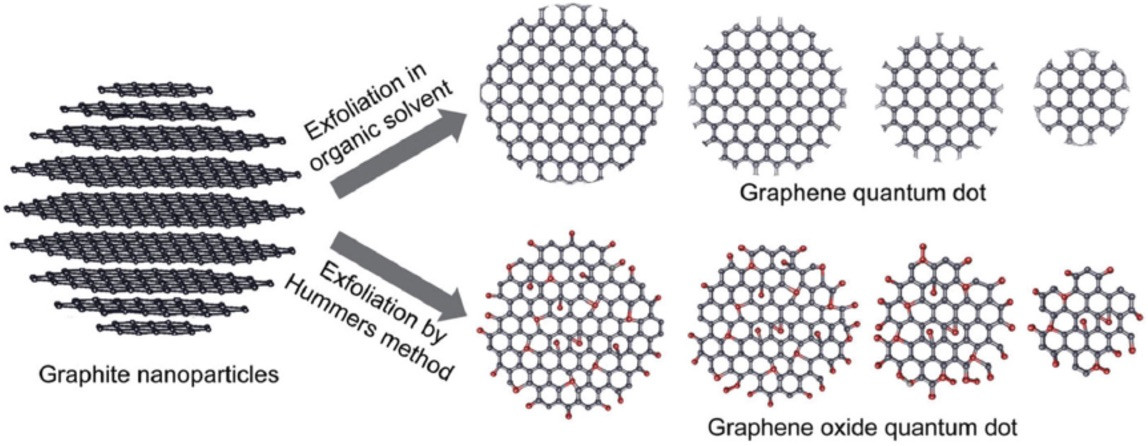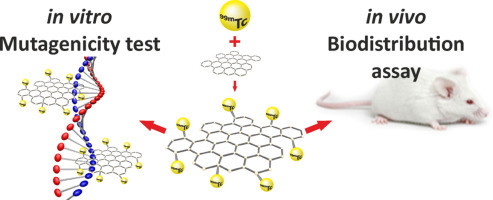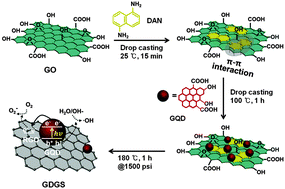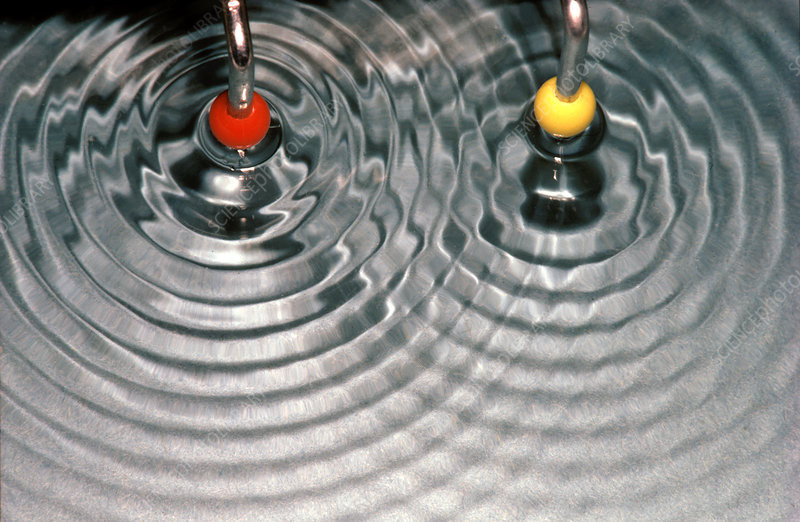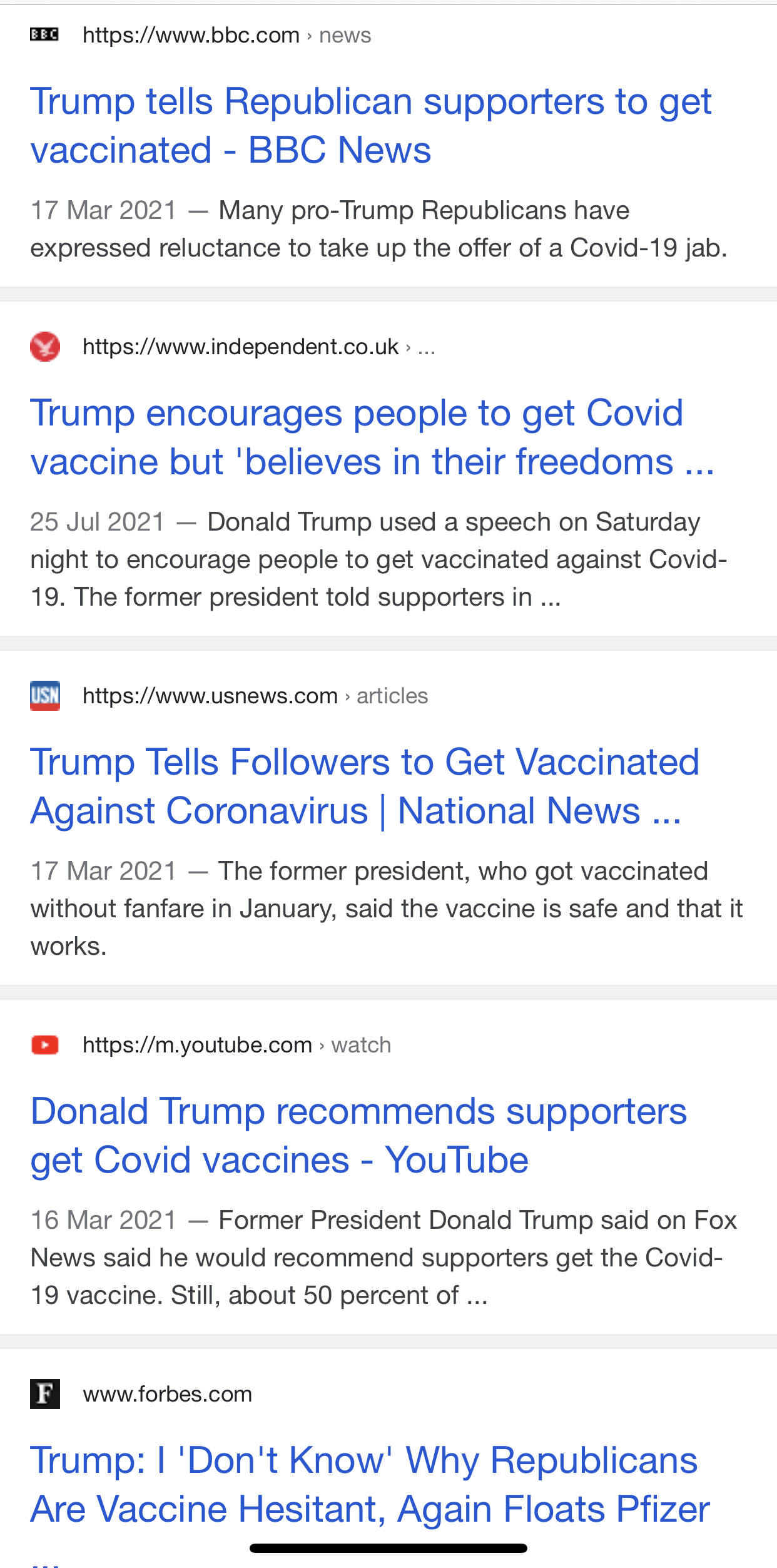Notice: Trying to access array offset on value of type bool in /home/admin/www/v2.anonup.com/themes/default/apps/timeline/post.phtml on line 1
Notice: Undefined index: owner in /home/admin/www/v2.anonup.com/themes/default/apps/timeline/post.phtml on line 36
Notice: Trying to access array offset on value of type null in /home/admin/www/v2.anonup.com/themes/default/apps/timeline/post.phtml on line 36
Notice: Undefined index: owner in /home/admin/www/v2.anonup.com/themes/default/apps/timeline/post.phtml on line 37
Notice: Trying to access array offset on value of type null in /home/admin/www/v2.anonup.com/themes/default/apps/timeline/post.phtml on line 37
Only followers of this user () can see their posts
Electromagnetic shielding materials generated with the extensive application of electromagnetic wave have been utilized in military radar stealth, electromagnetic shielding of advanced electronic equipment, electromagnetic radiation protection, and other fields. With the quick development of Internet and electronic devices, a large number of electromagnetic waves flood into the living environment, affecting human life and health potentially. Meanwhile, further development and applications of terahertz (THz) electromagnetic detection technology challenge the research of electromagnetic interference shielding (EMIS).
Therefore, EMIS materials have been developed toward the direction of high efficiency, wide bandwidth, and lightweight. However, traditional single metal-based and polymer-based EMIS materials cannot meet the demand. Current studies confirmed that graphene, especially graphene foam (GF)-based EMIS materials, has become one of the most potential EMIS materials in the field of electromagnetic wave loss and absorption due to its unique physical structure and excellent electrical and mechanical properties.
GF, a three-dimensional graphene structure prepared from graphene and its derivatives not only fully utilizes the unique physical and chemical properties of graphene but also further reduces the density of EMIS materials and improves the EMIS performance. This work expounds the potential value of graphene in the field of EMIS based on the mechanism of EMIS and then summarizes the recent progress of GF-based materials for EMIS applications. More focus on the effects of different preparation methods toward the structure, mechanical properties, and EMIS performance of GF materials are introduced and discussed in detail.
I was FlyAnon on Twitter and Gab... Supports Trump, Transparency, Q, Rule of Law and Disclosure of Crime in Government.
'Bhoy' is believed to have originated in New York in around the 1840s, and is from the Irish pronunciation of boy, and relates to rowdy working class folk. Note, the female version was not a 'Ghirl', but a 'Ghal'.
Caption Wave interference pattern. Waves from two sources are interacting with each other. At the point where a wave peak from one hits a wave peak from another, or a trough hits a trough, they reinforce each other; their magnitudes are summed. This is known as constructive interference and is shown by the lightest and darkest patches. The red and yellow balls are points of destructive interference, where a trough hits a peak or vice versa and they cancel each other out.
An echo is a sound that is repeated because the sound waves are reflected back. Sound waves can bounce off smooth, hard objects in the same way as a rubber ball bounces off the ground. Although the direction of the sound changes, the echo sounds the same as the original sound.
High frequency sound waves can be used to detect objects in deep water and to measure water depth. The time between a pulse of sound being transmitted and detected and the speed of sound in water can be used to calculate the distance of the reflecting surface or object.
An echocardiogram (echo) is a graphic outline of the heart's movement. During an echo test, ultrasound (high-frequency sound waves) from a hand-held wand placed on your chest provides pictures of the heart's valves and chambers and helps the sonographer evaluate the pumping action of the heart.
Echogenicity is the physical property by which a tissue interacts with ultrasound, either letting ultrasound waves penetrate or reflecting the beam aimed in its direction.
echogenic (comparative more echogenic, superlative most echogenic)
(medicine) Describing any inner part of the body that reflects sound waves and thus produces echos that may be detected using ultrasound scanners.
Ultrasound technology in combination with echogenic particles is currently having a considerable effect on the modern medical field, not only as a conventional diagnostic modality but also as a methodology that administers therapeutics to various lesions. The diagnostic and therapeutic effects of ultrasound technologies on diseased sites are governed by several primary factors such as the ultrasound technique itself and the physicochemical properties of echogenic particles. Therefore, rational design and a good combination of echogenic particles with the ultrasound technique are the most decisive factors in achieving optimal diagnostic and therapeutic goals. In this respect, great research advances in design and engineering of echogenic particles to meet these diagnostic and therapeutic demands have consistently been made.
Since echogenic particles exhibit quite different behaviors in response to ultrasound, the most important issue in achieving maximal therapeutic efficacy must be the establishment of technical rationales that depend on these particles’ biomedical uses, from the selection of shell materials and gas types to the manufacturing techniques used to make particles of the proper diameter. Several attempts have been made to develop highly effective theranostic echogenic particles that have the proper particle size and yet can sustain intense echo signals for long enough to circulate repeatedly through the body, a primary requirement for targeting and accumulating at a diseased site. However, a very important challenge has been the technical barrier between the most favorable in vivo nano-size for desirable biodistribution and the obtaining of a strong echo intensity.
In this review paper, the present status and the critical issues for developing theranostic echogenic particles as an ultrasound contrast agent and drug delivery vehicle will be described. Firstly, conventional micro-sized echogenic particles are comprehensively introduced with their research history, diagnostic applications and intrinsic limitations. Then recent progress in developing more advanced echogenic particles for diagnostic and therapeutic purposes will be described. Most importantly, in this review paper, the design criteria for developing promising theranostic echogenic particles to satisfy recent research and clinicians’ demands will be given, with special emphasis on overcoming the conflicting and insuperable size issue of echogenic particles.
Keywords
Ultrasound imagingUltrasound contrast agentEchogenic particlesMicrobubblesMultimodal theranostic agentUltrasound-triggered drug delivery
Although lipid nanoparticles are promising drug delivery vehicles, passive release of encapsulated contents at the target site is often slow. Herein, we report contents release from targeted, polymer coated, echogenic lipid nanoparticles in the cell cytoplasm by redox trigger and simultaneously enhanced by diagnostic frequency ultrasound.
The lipid nanoparticles were polymerized on the external leaflet using a disulfide cross-linker. In the presence of cytosolic concentrations of glutathione, the lipid nanoparticles released 76% of encapsulated contents. Plasma concentrations of glutathione failed to release the encapsulated contents. Application of 3 MHz ultrasound for 2 minutes simultaneously with the reducing agent enhanced the release to 96%. Folic acid conjugated, doxorubicin loaded nanoparticles showed enhanced uptake and higher cytotoxicity in cancer cells overexpressing the folate receptor (compared to the control). With further developments, these lipid nanoparticles have the potential to be used as multimodal nanocarriers for simultaneous targeted drug delivery and ultrasound imaging.
Keywords: Lipid nanoparticles, Liposomes, Ultrasound, Redox triggered release, Targeted drug delivery, Echogenic liposomes
Research in our lab has led us to the conclusion that the root cause of autism spectrum disorder (ASD) is a persistent cell danger response (CDR)1-7 that is maintained by abnormalities in ATP (purinergic) signaling. This can start with a mutant gene. However, it is far more commonly caused (>90% of children) by many normal genes or near-normal gene variants that interact with environmental threats like air and water pollution, pesticides, infection, or other early life stressors encountered during pregnancy or in the first 2-3 years of life.
pathogenic
/paθəˈdʒɛnɪk/
adjectiveMEDICINE
(of a bacterium, virus, or other microorganism) causing disease.
"a highly pathogenic avian influenza virus"
Although such evidence is not established in all autoimmune diseases, the most common systemic autoantibodies, such as ANAs and ACPAs, are considered pathogenic.
Vaccines versus viruses | Nature Medicine
Influenza virus vaccination for young children living in the US state of New Jersey and who are attending preschool is now compulsory—a mandate that has highlighted a flourishing public mistrust of vaccines.
https://www.nature.com/articles/nm0209-119What Does It Mean to Be Immunocompromised | Penn Medicine
Learn what it means to be immunocompromised, how underlying conditions affect coronavirus (COVID-19) risk, and three ways to protect a compromised immune system.
https://www.pennmedicine.org/updates/blogs/health-and-wellness/2020/may/what-it-means-to-be-immunocompromised
What are three examples of autoantibodies that can be detected and the diseases they are associated with?
List of some autoantibodies and commonly associated diseases
Autoantibody Condition
anti-CCP rheumatoid arthritis
Liver kidney microsomal type 1 antibody autoimmune hepatitis
Lupus anticoagulant Anti-thrombin antibodies systemic lupus erythematosus
Antiphospholipid antibodies antiphospholipid syndrome
50 more rows
Autism is therefore an “ecogenetic” syndrome that alters child development. ASD is the result of gene x environment interactions. The CDR hypothesis proposes that all the core symptoms of ASD are traceable to a treatable metabolic syndrome. Metabolism is the chemistry that cells use to communicate, heal, and grow. This metabolic syndrome can be improved by many different treatments, but is fundamentally caused by persistent abnormalities in purinergic signaling.
Conclusions: These results are consistent with the notion that subjective reports of local and systemic reactions following vaccination may be predicted by and correspond with biological indicators of inflammatory status, but are not meaningful predictors of antibody responses. To improve adherence to vaccine recommendations, clinicians should provide assurance that such symptoms may be related to normal mild inflammatory responses to the vaccine and do not reflect immunogenicity.
Keywords: Cytokines; Flu shot; Inflammation, local reactions, systemic reactions; Inflammatory response; Influenza virus vaccine; Side effects.
The vaccine-autism furor is more than a decade old. In 1998, the British gastroenterologist Andrew Wakefield published a paper in Lancet purporting to show a link between the three-in-one shot for measles, mumps and rubella (MMR) and the development of colitis and autism in a small group of previously normal children. The paper triggered a media-fueled panic with far-reaching repercussions: vaccination rates for MMR dropped in the UK, and the incidence of measles infection in children escalated. Around the same time, safety concerns were being voiced in the US about thimerosal—a vaccine preservative that contains a mercury-containing compound.
"A link between vaccination and autism has been refuted by the scientific community."
Lipid Peroxidation
Lipid peroxidation is the process in which free radicals attack unsaturated fatty acids in a lipid membrane. The radical extracts a hydrogen atom from the lipid leaving behind a lipid radical and setting off an oxygen-mediated chain reaction that leaves the membrane riddled with lipid hydroperoxides (non-radical intermediates of lipid peroxidation) [60]. These lipid hydroperoxides severely hamper membrane functionality, by way of increased rigidity and allowing ions like calcium to leak across the membrane [14].
The brain is particularly susceptible to lipid peroxidation because it contains high levels of unsaturated fatty acids [61]. Certain byproducts of lipid peroxidation, such as 4-hydroxynonenal (HNE), can be toxic to neurons. Earlier, McCracken et al. undertook a study to determine the effect of cerebral ischemia-induced accumulation of HNE on white matter damage. Using in vivo and in vitro model systems they observed that exogenous delivery of HNE leads to axonal damage and oligodendrocyte cell death [62]. As is the case with all macromolecule oxidation, if the damage to the lipid membrane is severe enough, it may result in the activation of necrotic or apoptotic neuronal death pathways (Figure 2.2).
In our previous study we have shown that nanoparticles have different effects depending on the energy metabolism of the cell, which is an important factor in the context of oncology and diabetes. Here we assess the influence of AgNPs on cellular lipid components in varying glucose concentrations. To assess the effect of silver nanoparticles on cell lipids, we measured cell viability, the fluidity of the cell membranes, the content of amino groups in proteins, the level of lipid peroxidation products, the concentration of 4-hydroxynonenal (4-HNE), and the concentration of lipid peroxides. The obtained results show differences in the formation of lipid peroxidation products in cells exposed to oxidative stress induced by nanoparticles. In addition, we have shown that the metabolic state of the cell is a factor significantly affecting this process.
Keywords: oxidative stress, silver nanoparticles, lipid peroxidation
"The obtained results show differences in the formation of lipid peroxidation products in cells exposed to oxidative stress induced by nanoparticles."
This study is devoted to preparation of novel solid lipid nanoparticles (SLNs) for the encapsulation of curcumin which is produced by micro-emulsion and ultrasonication using stearic acid and tripalmitin as solid lipids, tween80 and span80 as surfactants. The relation between particle size and entrapment efficiency of the produced SLNs was operated by central composite design (CCD) under response likes surface method (RSM).
The variables including the ratio of lipids (X1), the ratio of surfactants (X2), drug/lipid ratio (X3), time of sonication (X4) and time of homogenization (X5). Particle size and entrapment efficiency of the loaded curcumin was justified according to the minimum particle size and maximum entrapment efficiency. The curcumin loaded SLNs presented fairly spherical shape with the mean diameter and entrapment efficiency of 112.0±2.6nm and 98.7±0.3%, respectively. The optimized SLNs were characterized by X-ray diffraction analysis (XRD), differential scanning calorimetry (DSC), photon correlation spectroscopy (PCS) and field emission scanning electron microscopy (FESEM). The drug release profile of the optimal formulated material was examined in aqueous media and almost 30% of the curcumin loaded in SLNs was gradually released during 48h, which reveals efficient prolonged release of the drug.
Keywords: Central composite design; Curcumin; Entrapment efficiency; Solid lipid nanoparticles (SLN); Ultrasonication.
Lipid nanoparticle brain
Background: Brain is a delicate organ, separated from general circulation and is characterized by the presence of relatively impermeable Blood Brain Barrier (BBB). ... Nevertheless, lipid nanoparticles are taken up readily by the brain because of their lipophilic nature.
Lipophilicity (from Greek λίπος "fat" and φίλος "friendly"), refers to the ability of a chemical compound to dissolve in fats, oils, lipids, and non-polar solvents such as hexane or toluene. Such non-polar solvents are themselves lipophilic (translated as "fat-loving" or "fat-liking"[1][2]), and the axiom that "like dissolves like" generally holds true. Thus lipophilic substances tend to dissolve in other lipophilic substances, but hydrophilic ("water-loving") substances tend to dissolve in water and other hydrophilic substances.
What are autoantibodies? Autoantibodies are antibodies (immune proteins) that mistakenly target and react with a person's own tissues or organs. One or more autoantibodies may be produced by a person's immune system when it fails to distinguish between “self” and “non-self.”
DNA is a dynamic and adaptable molecule. As such, the nucleotide sequences found within it are subject to change as the result of a phenomenon called mutation.
CRISPR-carrying nanoparticles edit the genome | MIT News | Massachusetts Institute of Technology
MIT researchers have developed nanoparticles that allow for CRISPR genome-editing in adult animals. Using a new nanoparticle-based, nonviral delivery technique, the researchers were able to cut out a disease-causing gene in about 80 percent of liver cells, and permanently lower cholesterol in mice. ..
https://news.mit.edu/2017/crispr-carrying-nanoparticles-edit-genome-1113
People also ask
Why do bodies reject transplants?
This is because the person's immune system detects that the antigens on the cells of the organ are different or not "matched." Mismatched organs, or organs that are not matched closely enough, can trigger a blood transfusion reaction or transplant rejection.
DNA discovery in fat cells could explain development of obesity and type 2 diabetes. Scientists have identified 93 genes in fat cells that could have a significant role in the development of obesity, type 2 diabetes and several more conditions.
Gelatin from pork and cow products is often used in vaccines to stabilize the drug's ingredients and ensure ...
Simultaneous detection of bovine and porcine DNA in pharmaceutical gelatin capsules by duplex PCR assay for Halal authentication - PubMed
Duplex PCR presents an easy-to-follow, quick, low-cost and reliable method to simultaneously detect porcine and bovine DNAs (>100 bp) in minute amounts in highly processed gelatin-containing pharmaceutical products (with a 0.1% sensitivity for porcine DNA) which may be used for halal authenticati..
https://pubmed.ncbi.nlm.nih.gov/28196517/
